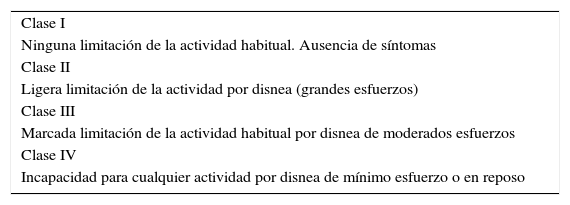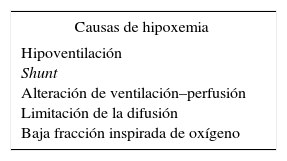La insuficiencia respiratoria aguda (IRA) se define como un aporte insuficiente de oxígeno o la eliminación inadecuada de dióxido de carbono a nivel tisular. A nivel pulmonar esto representa la incapacidad del sistema respiratorio para hacer frente a las necesidades metabólicas del organismo y eliminar CO2. La insuficiencia respiratoria aguda puede ser secundaria a una insuficiencia de oxigenación (insuficiencia respiratoria hipoxémica), a un fracaso en la eliminación de dióxido de carbono (insuficiencia respiratoria hipercápnica), o a ambos problemas simultáneamente. La disnea aguda es un síntoma subjetivo de la falta de aire, dificultad para respirar o una sensación de que no se está respirando normalmente. Aunque son conceptos íntimamente relacionados, no son exactamente lo mismo; por ejemplo, podemos presentar IRA sin disnea como en la hipoventilación por opiáceos o disnea sin IRA como en los ataques de pánico. Sin embargo, ya que están estrechamente relacionados proponemos sus enfoques en conjunto. El tratamiento de estos pacientes dependerá de la causa subyacente, pero el objetivo del tratamiento debe ser la mejora de la oxigenación o ventilación para resolver la hipoxemia e hipercapnia debido a que es una enfermedad que implica una alta morbimortalidad potencial.
Acute respiratory failure (ARF) is defined as an inadequate oxygen delivery and carbon dioxide elimination at tissue level. At pulmonary level this represents the inability of the respiratory system to cope with the metabolic needs of the organism, oxygenate venous blood and remove CO2. Acute respiratory failure can be secondary to either a failure of oxygenation (hypoxic respiratory failure), a failure of elimination of carbon dioxide (hypercarbic respiratory [ventilatory] failure), or both problems simultaneously. Acute dyspnea is a subjective symptom of lack air, shortness of breath or a feeling that not breathing normally. Although they are concepts intimately related, they are not exactly the same; for example, we can present ARF without dyspnea and hypoventilation by opiates or dyspnea without ARF and panic attacks. However, as they are closely related We propose its approach together. Management of these patients will depend on the underlying cause, but the objective of treatment must be to improve oxygenation and/or ventilation to resolve hypoxaemia and hypercapnia because it is a disease involving high morbidity and mortality potential.
Artículo
Socios de la Asociación de Medicina Crítica y Cuidado Intensivo
Para acceder a la revista
Es necesario que lo haga desde la zona privada de la web de la AMCI, clique aquí
Comprando el artículo el PDF del mismo podrá ser descargado
Precio 19,34 €
Comprar ahora



































